Latin America must diversify its exports
Published on 10 December 2019
The slowdown in the international economy puts countries in the region facing the challenge of increasing options in their proposed exporter.
Commodity prices such as hydrocarbons, minerals and coffee can play for or against exports from Latin American countries. In contrast, products with higher added value are not subject to this volatility, and contribute to the shield against the adverse effects of a fall in the international price.
In the case of Latin America, the commercial opening and modernization of the productive matrix of their countries has allowed export portfolios to diversify. In recent decades, agro-export products, fisheries, textiles, and even complex manufacturing such as vehicles and processors, have acquired greater weight within the lists of shipments abroad, so that exposure to what happens in specialized exchanges has decreased.
The following tables show the list of the main products exported by prominent Latin American countries, as well as the variation in the total value of shipments from each of them (non-traditional products are highlighted in bold). In them you can see the proliferation of products of the aforementioned items, as well as the diversity in the final results during the first half of the year, with the US market as a benchmark for non-traditional products.
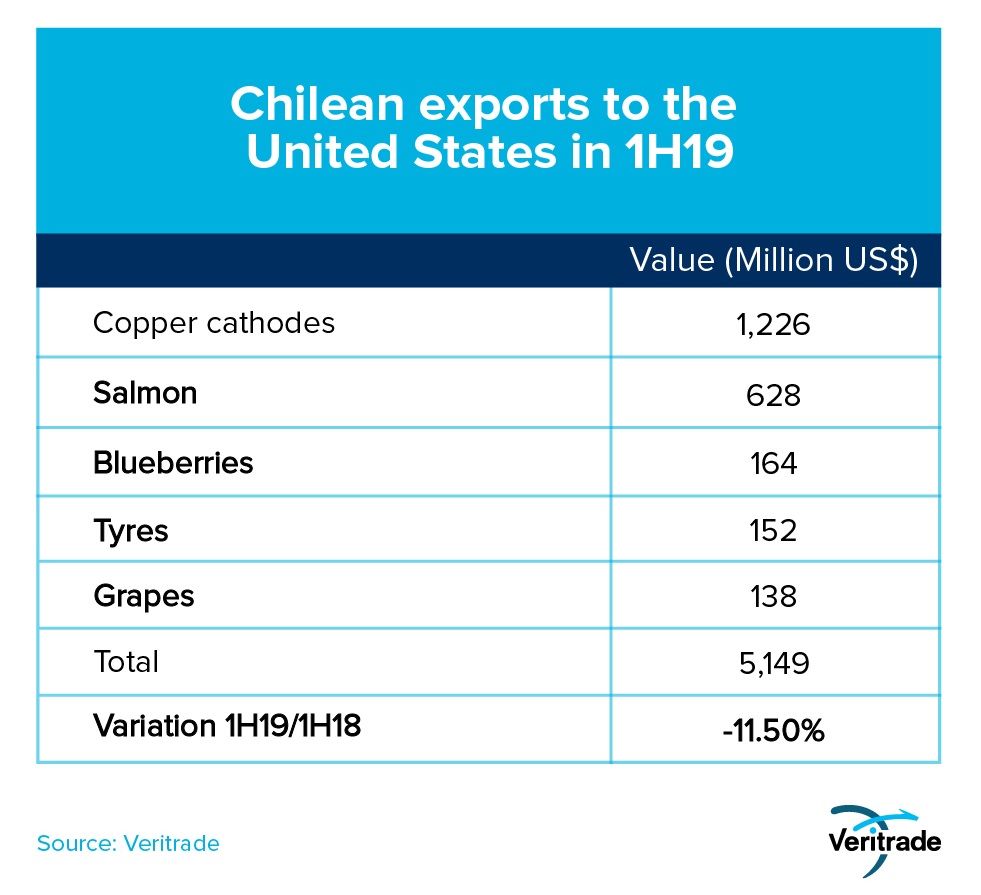
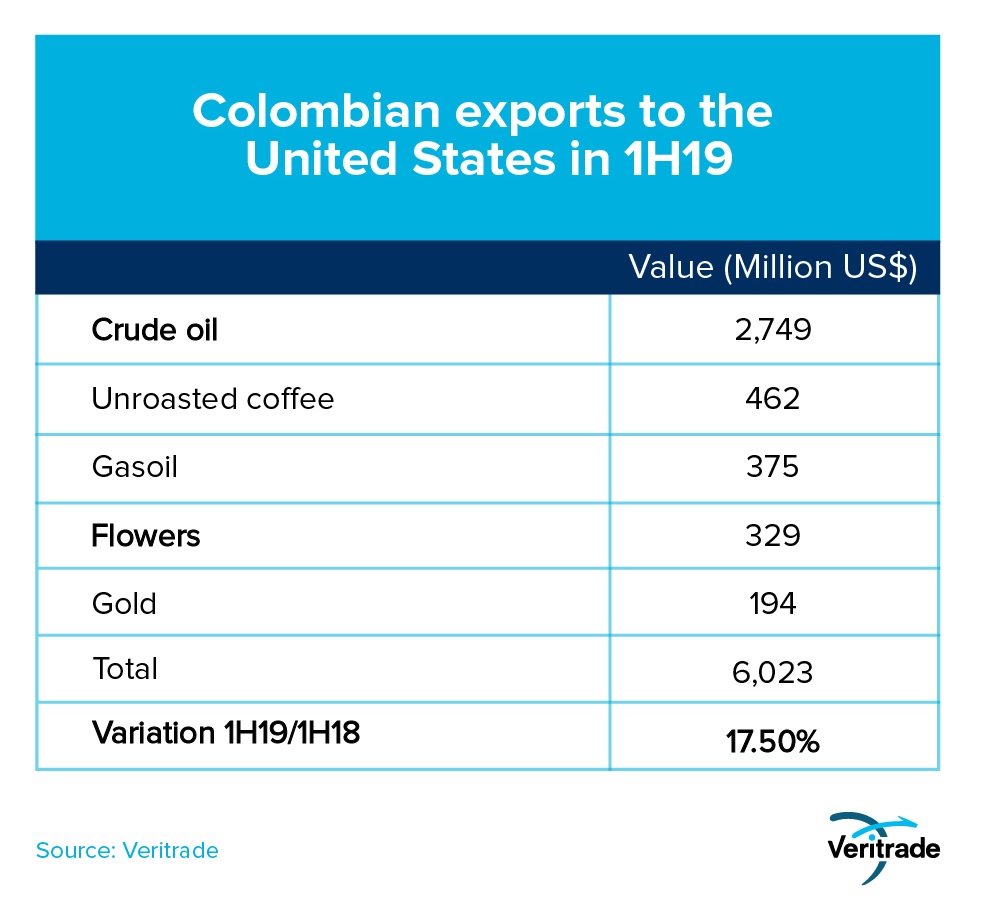
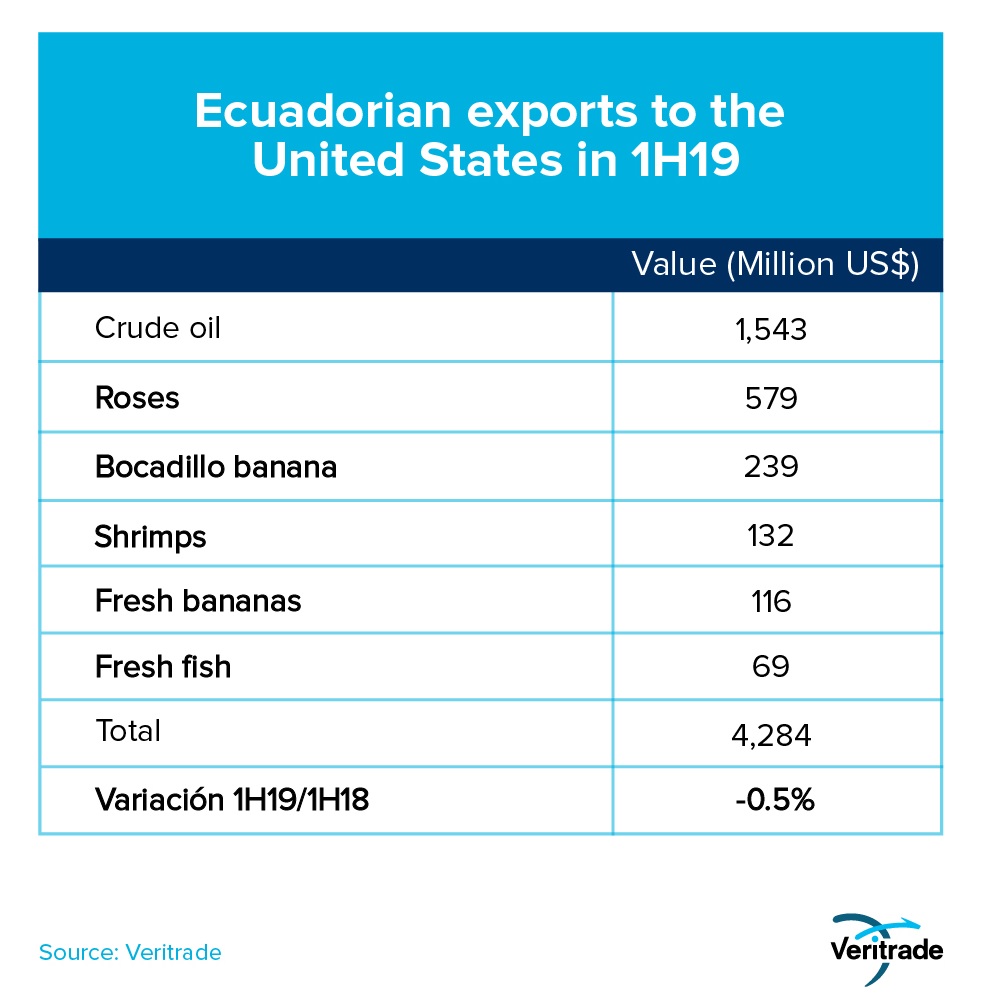
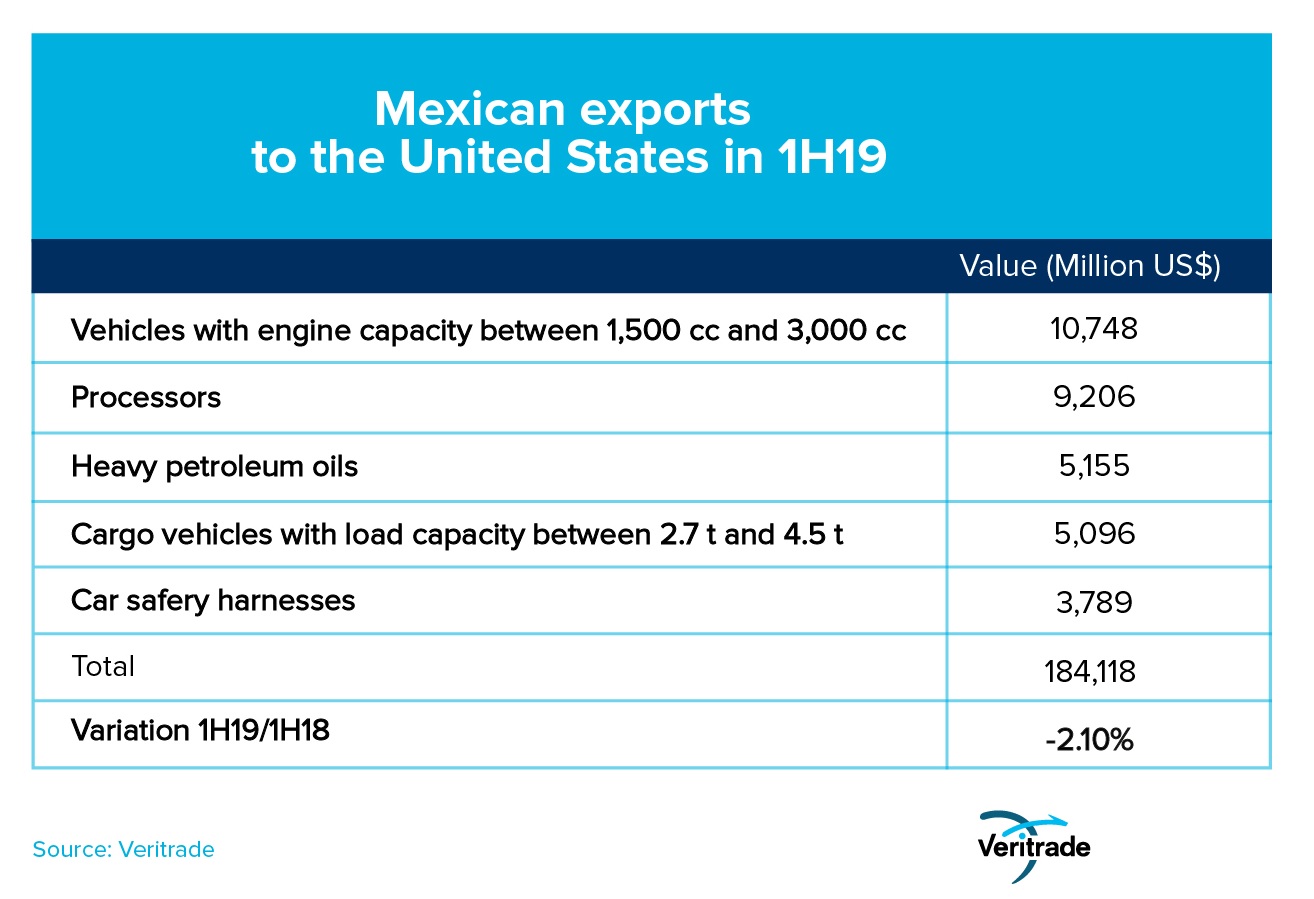
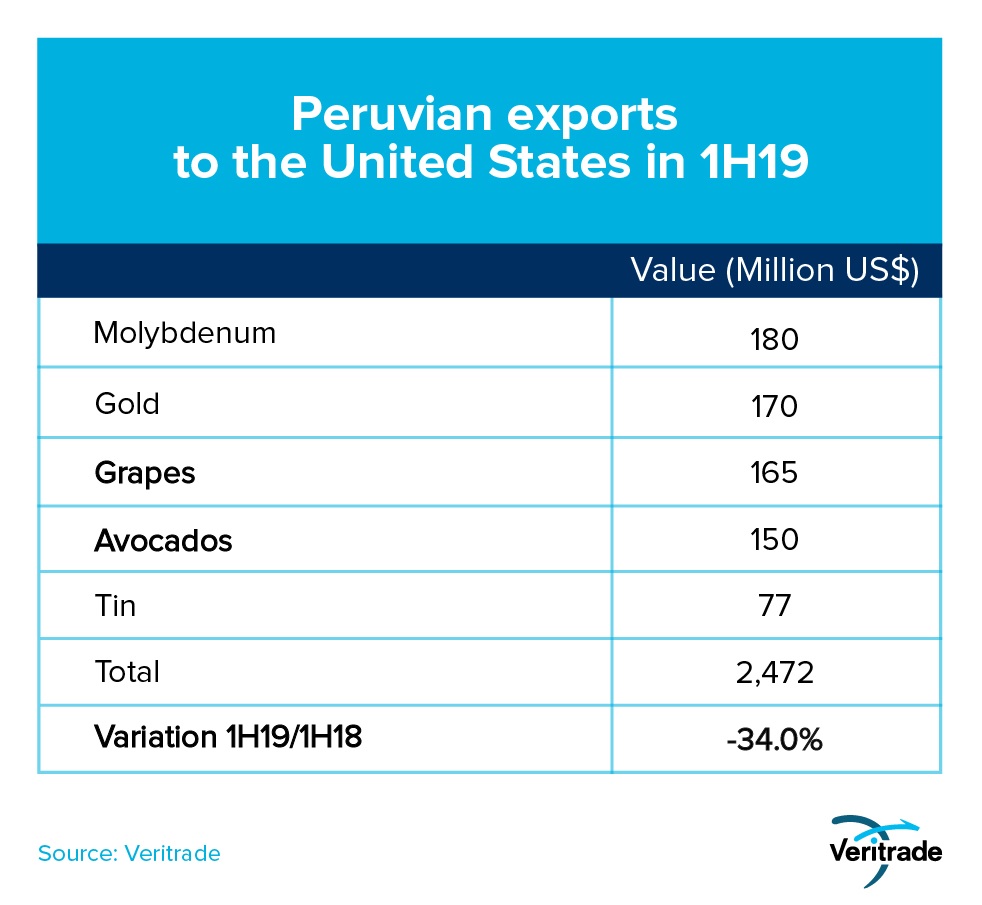
The results can be mixed, but there is an important pattern: commodities affect transversely. This is the case of Peru and Chile, which have been affected by a decrease in the price of copper due to the trade war between China and the United States. In this way, the price went from a range of US $ 2.96 to US $ 3.30 per pound in 1H18, to one of between US $ 2.56 to US $ 2.96 per pound in the same period this year. Consequently, both record the falls observed in the tables.
In contrast, the following tables show how non-traditional products, also highlighted in yellow, predominate among the elements of export portfolios that have registered growth.
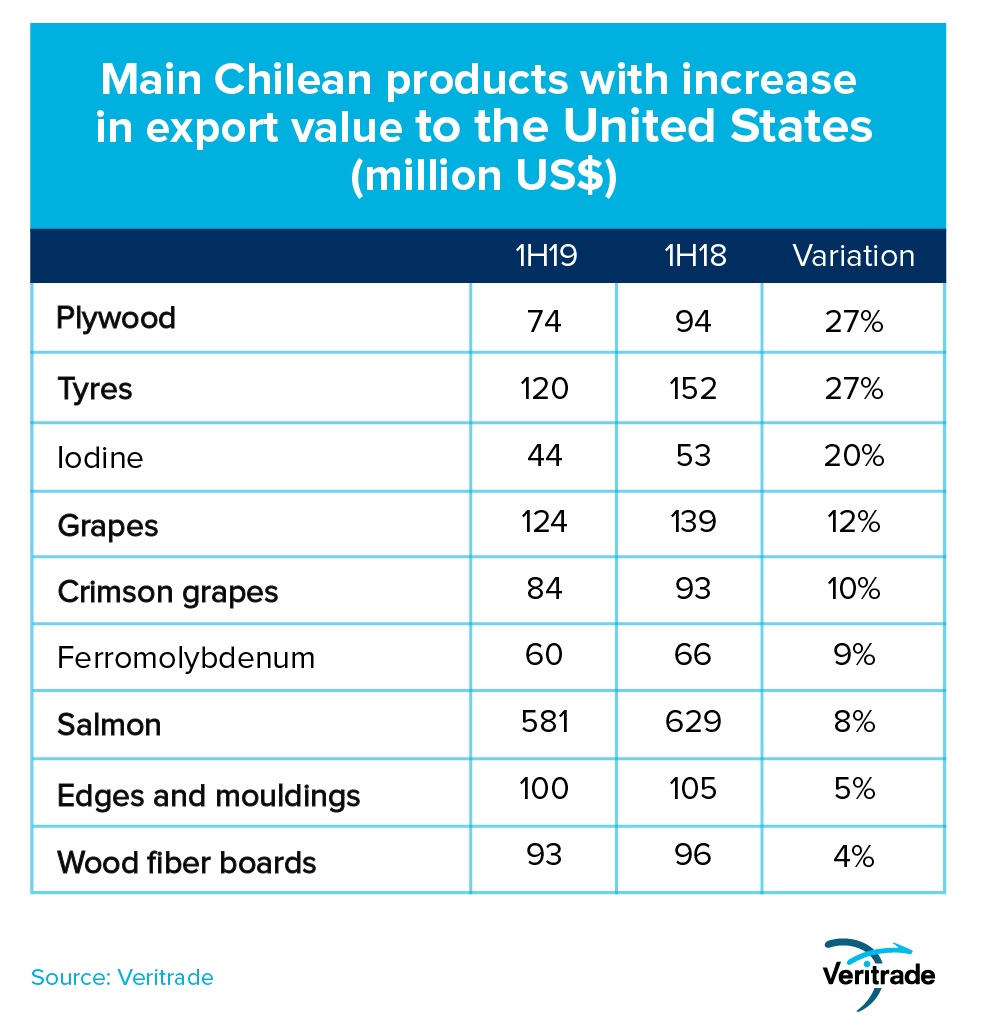
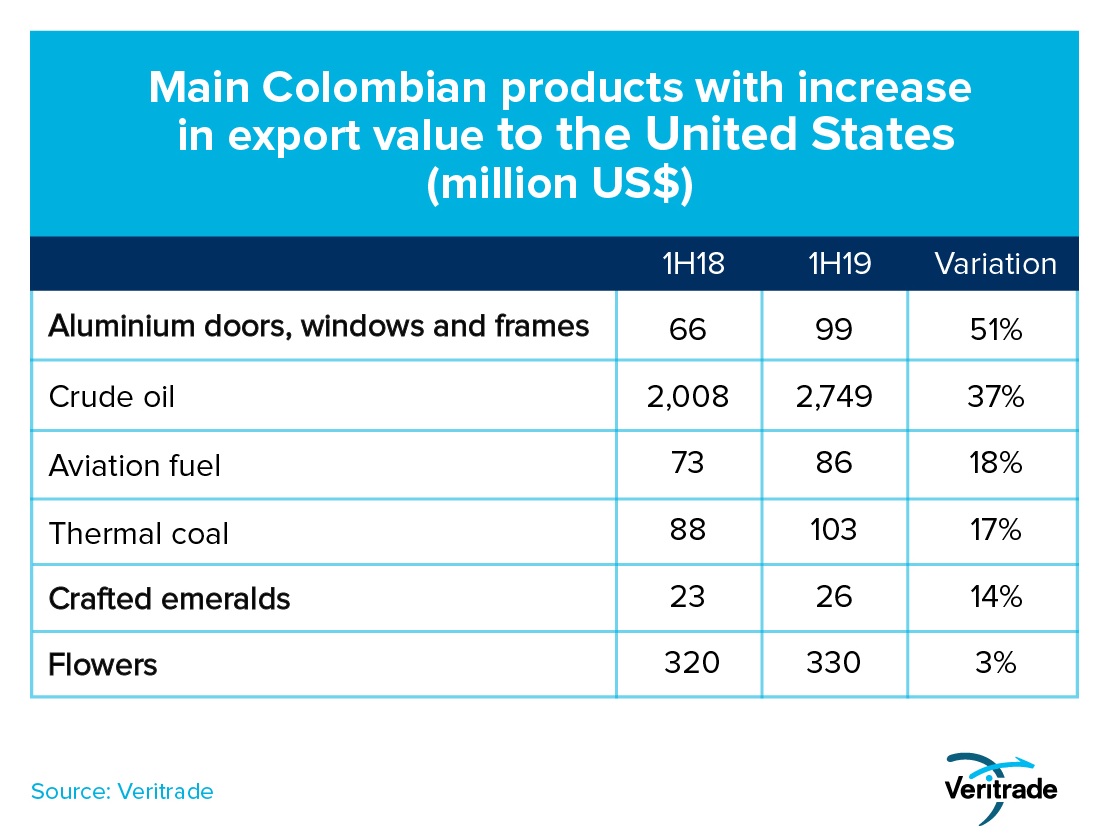
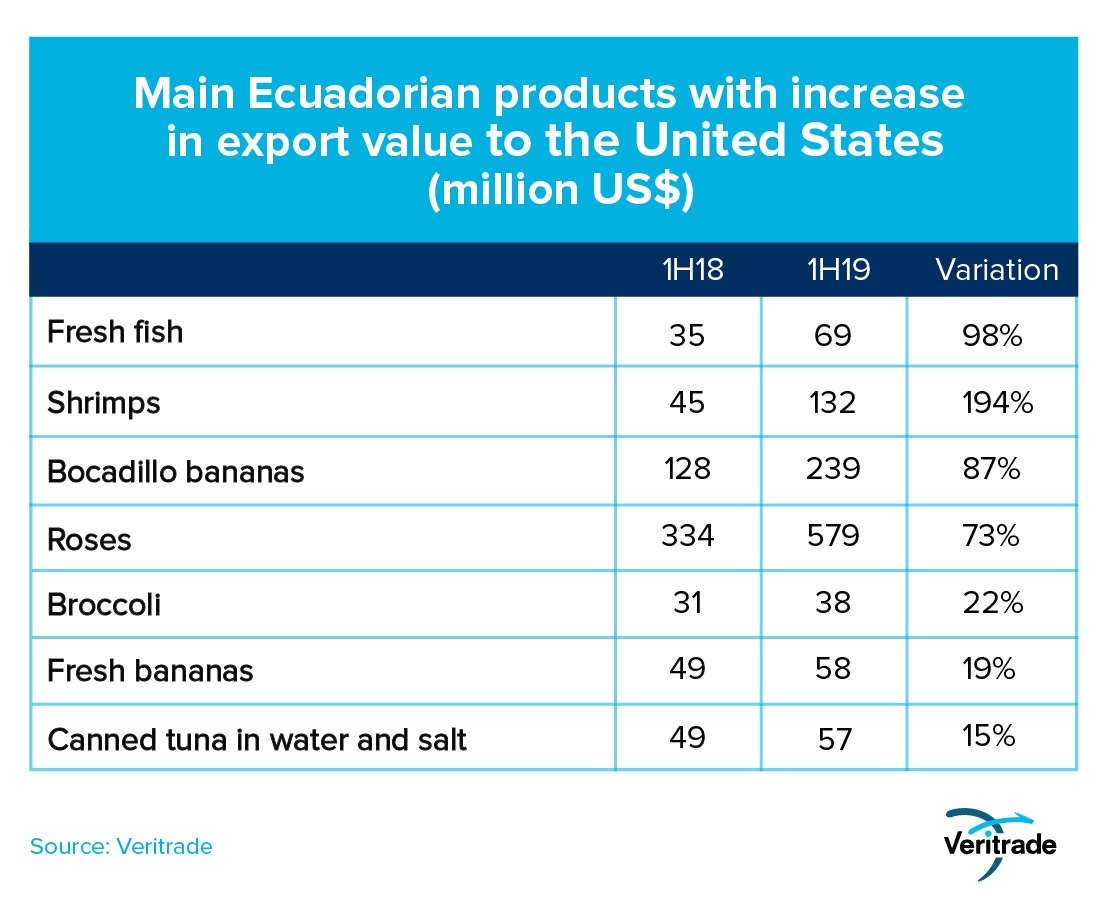
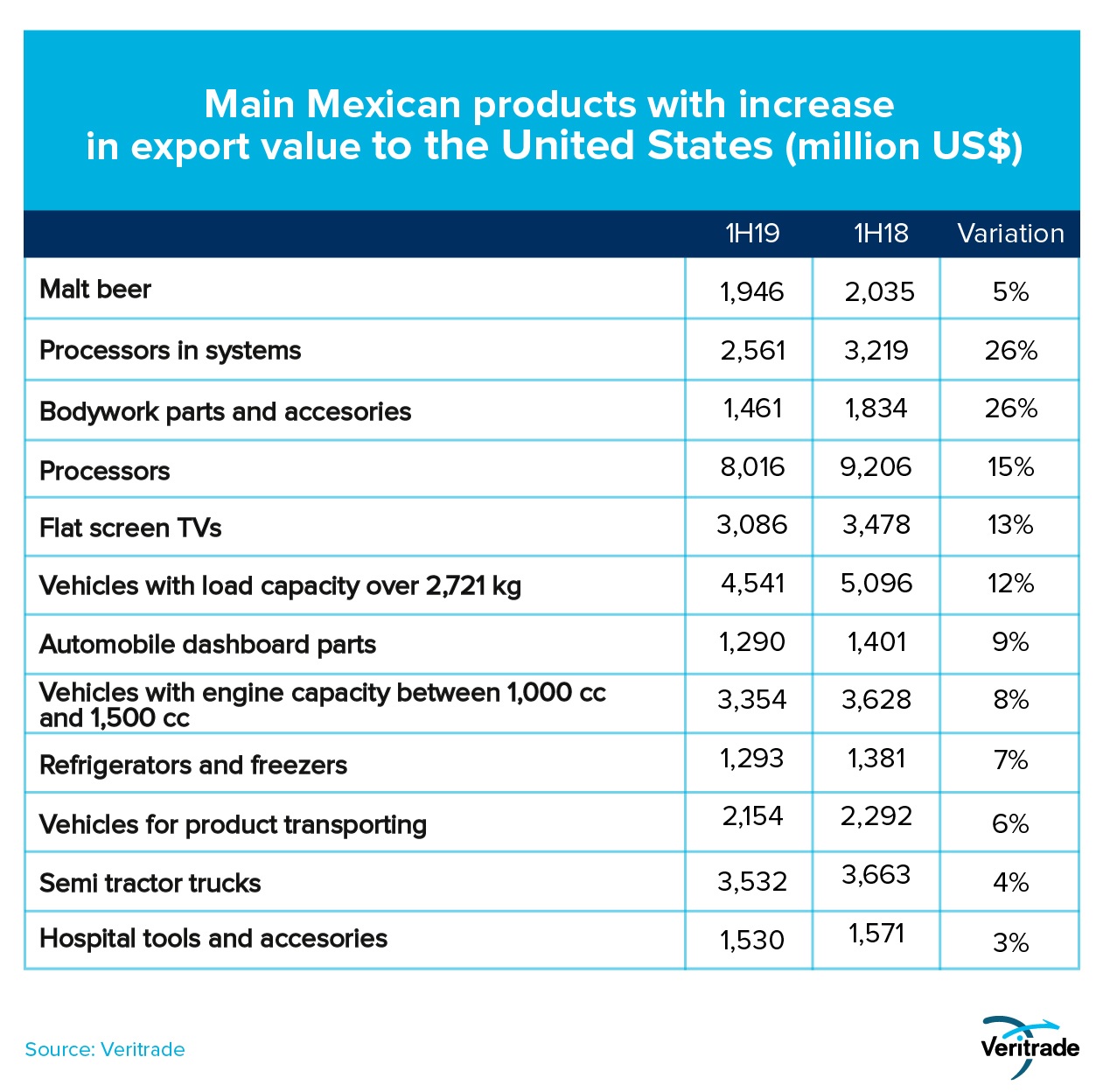
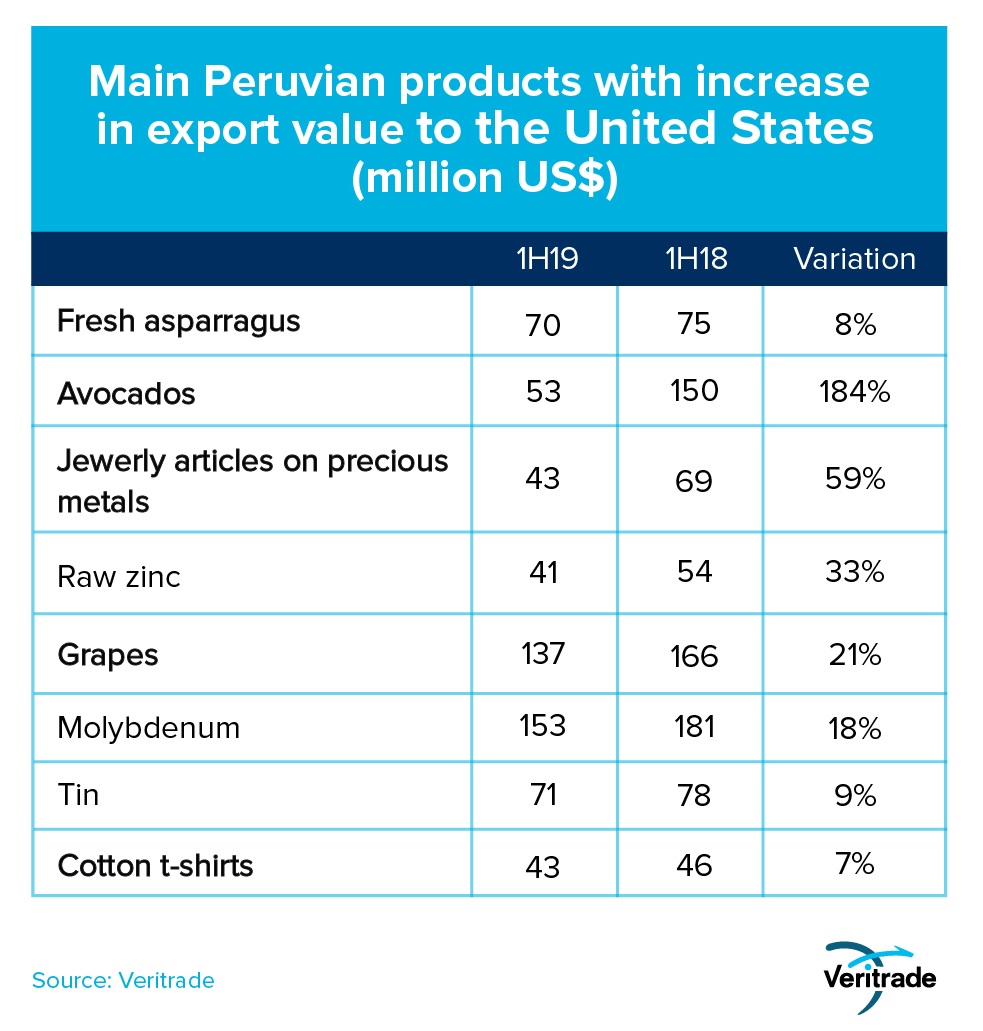
It is precisely in this line that the Inter-American Development Bank (IDB) recommends that the countries of Latin America and the Caribbean increase their non-traditional exports. The global environment could continue to be decelerating, so companies must continue preparing to mitigate the problems that this may bring, either entering new markets or, as suggested in this case, developing new proposals for consumers abroad .
For more information on the exports of Latin American countries, I could enter the Veritrade portal.
Request your free trial by going to: https://bit.ly/2P68oPk